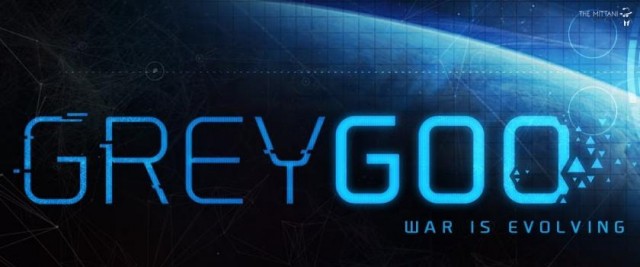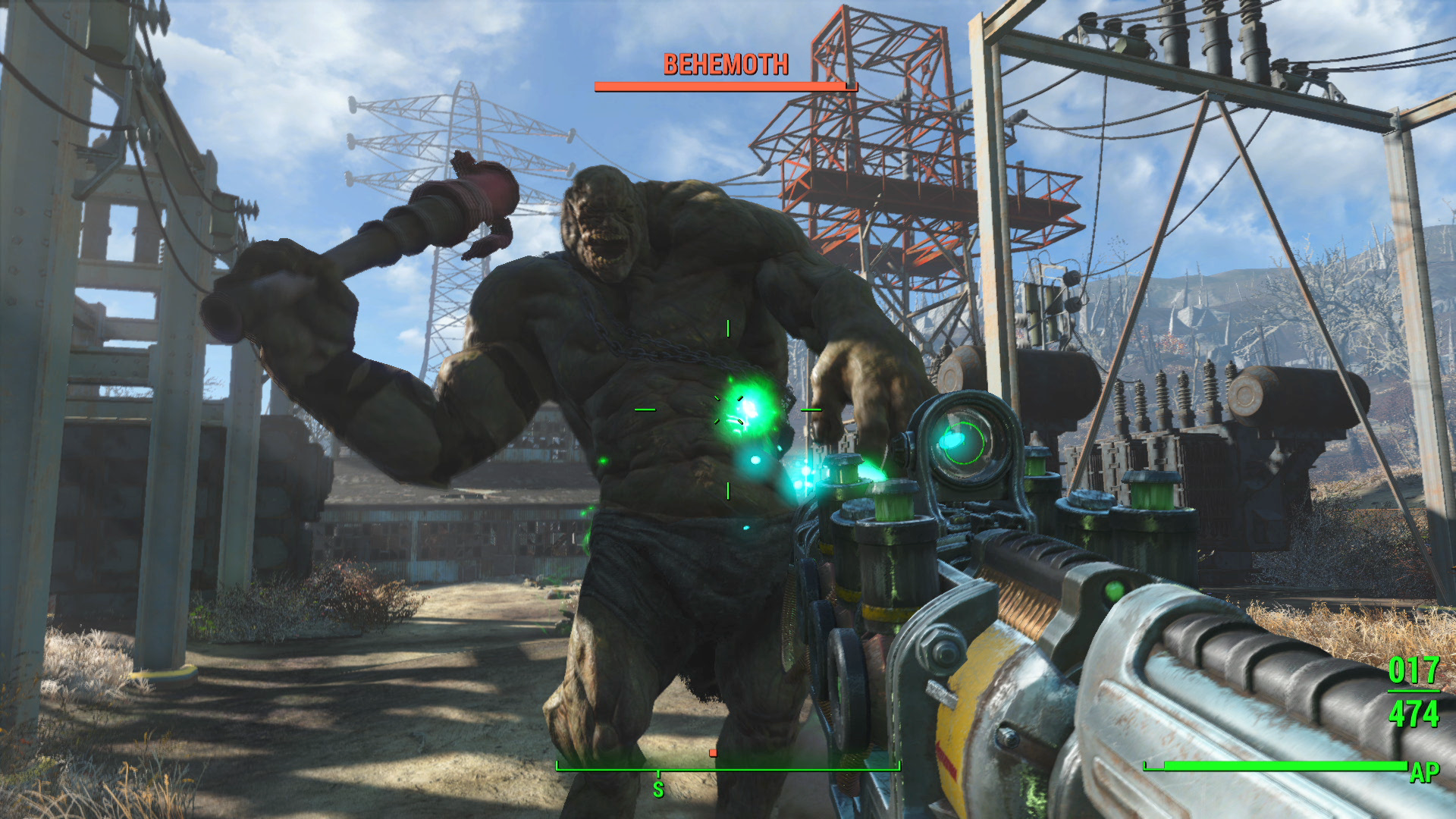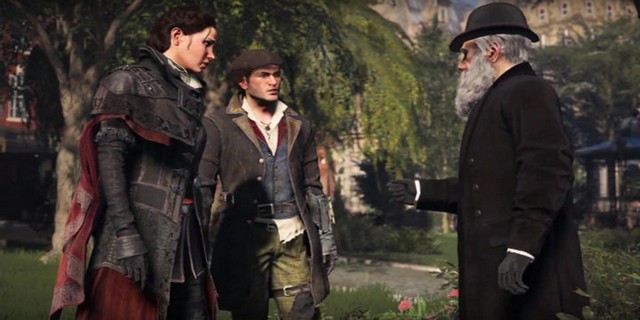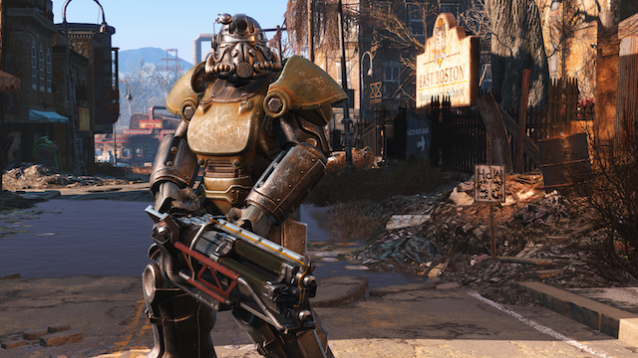

Here’s the thing: five years ago, if you were to tell us that puzzle games deep fried in RPG batter were going to spawn their own subgenre, we probably would have called you bat-poop nutso and laughed in your face. Now that Puzzle Quest is out, good, and ubiquitous, it spawned the worst thing about a subgenre: endless rip-offs. We can’t really blame it, though; eventually, a developer with its own bit of moxie will figure out how to spin the new formula on its head and crank out a game that was not only truly unique, but also the bar-setting benchmark.
People of the internet: that game has come, it’s called Might & Magic: Clash of Heroes, and you can download it for $15.
More than simply a graphically - enhanced port of the 2009 sleeper DS game, Clash of Heroes is a content-packed puzzle/RPG/strategy hybrid that will leave most of you scratching your heads wondering why nobody figured this out a long time ago. An easy game to pick up and play but compelling enough to keep you coming back with its competitive online modes and brief Quick Battles, the cash that you drop on this game is a small price to pay compared to the amount of time you’ll lose on playing it.
The game is split into three primary modes: a campaign mode that follows five different characters through a somewhat stock fantasy RPG story, a quick battle mode that lets you skip the jibber jabber and get right into the fighting, and an online multiplayer mode that allows both coop and competitive play with 2v2 and 1v1 battles. While the RPG-like campaign may be where most players start for a brief training lesson and even some story to go along with their puzzling, it’s the battles that make the game tick. Even though they’re better experienced than described, we’ll do our best to lay it out for you.
The playfield is split lengthwise down the middle, separating your troops from your opponent. Your units, categorized into three colors, pepper the field at the beginning of a battle randomly, meaning that you’re going to have to move some immediately to set up your attacks and defenses. Calling in your reserve units also brings them in randomly, and depending on where they arrive, you could be at a great advantage or disadvantage indiscriminant of how thoughtfully you placed your troops beforehand. This is how the puzzle elements work best: the feeling of chance that can dictate your tactics, and the keen observation it takes to play it into your favor.
Color-coded units must be placed in rows or columns to be anything other than sitting targets. By placing three simple units in a column formation, your combatants will begin a charging phase, granting them extra defense. Each different unit has its own amount of turns it needs to charge before launching their offensive move. Ultimately, the attack needs to hit the back line behind their opponent’s army to do any damage to them (think direct damage in Magic: The Gathering); if enemy units or walls are in the way, your attack could diminish or be blocked altogether.
You can set up this kind of defense yourself by placing the same colored units next to each other in rows of three or more, turning them into walls. Each different main character’s walls have its own unique properties (such as certain walls healing themselves between rounds and others that more easily stack for added defense), which can make the need to judge your attacks and plan offensive strategies completely different from one opponent to the next. Since most units in the game do not attack immediately, the strategy comes from knowing where you can deal direct damage to the opponent, knock out higher-level enemies from their charges, or where you might get stymied either way.
The cost to all of this, of course, is allowance. Each side of the battlefield can only make three decisions per turn to add or subtract where their units are placed. Picking up and moving a fighter, deleting one off of the field, and calling in reinforcements all take one decision away from you, so its up to the player to either work with or against the randomized location of the individual combatants.
The advantage to this brings us back to the puzzle-like structure of the game. If units are placed in such a way that only one of an off color is inhibiting the formation of an attack or wall, deleting it won’t cost a decision. If, by doing so, a chain of attacks or walls is formed following the deletion, bonus movements are awarded. Since attacks and walls can be stacked and chained together to form more powerful versions of each other, careful and observant players are rewarded by dishing out harder punishment behind impregnable fortresses.




 Grey Goo Ultimate Beta: Tips for Better Attack, Placement of Hubs, Resources, Refiners and Extractors, Silos and more
Grey Goo Ultimate Beta: Tips for Better Attack, Placement of Hubs, Resources, Refiners and Extractors, Silos and more Fallout 4: How to Kill Behemoths
Fallout 4: How to Kill Behemoths Assassin's Creed Syndicate All Perks Guide: How To Unlock Them For Jacob and Evie
Assassin's Creed Syndicate All Perks Guide: How To Unlock Them For Jacob and Evie Fallout 4 Guide: Tips for Making the Most of the Combat System
Fallout 4 Guide: Tips for Making the Most of the Combat System PS4 Role Playing Games List
PS4 Role Playing Games List